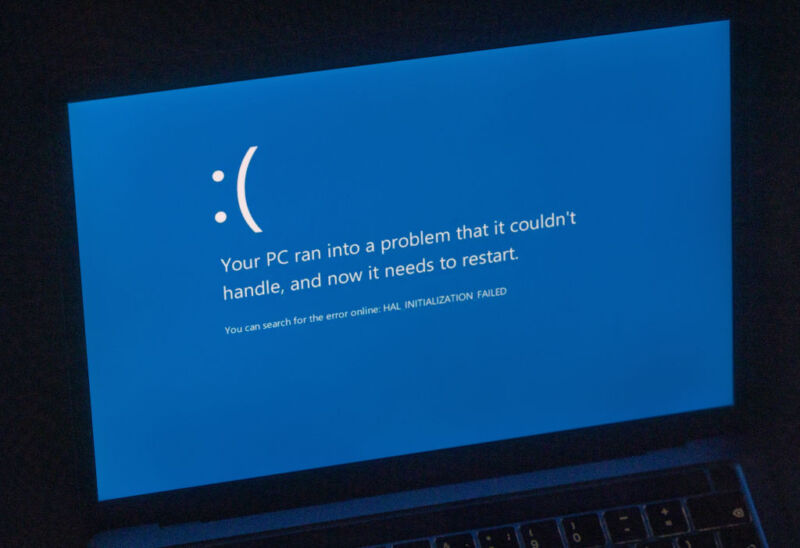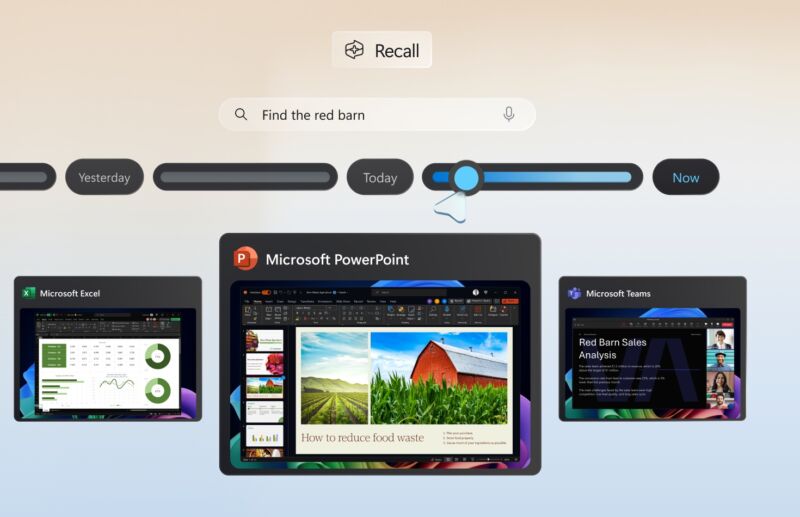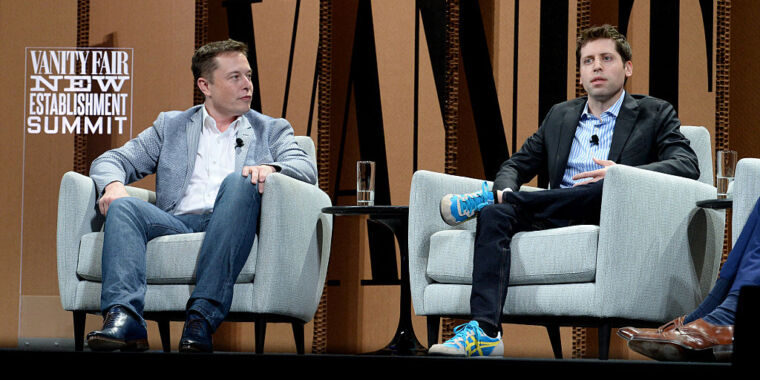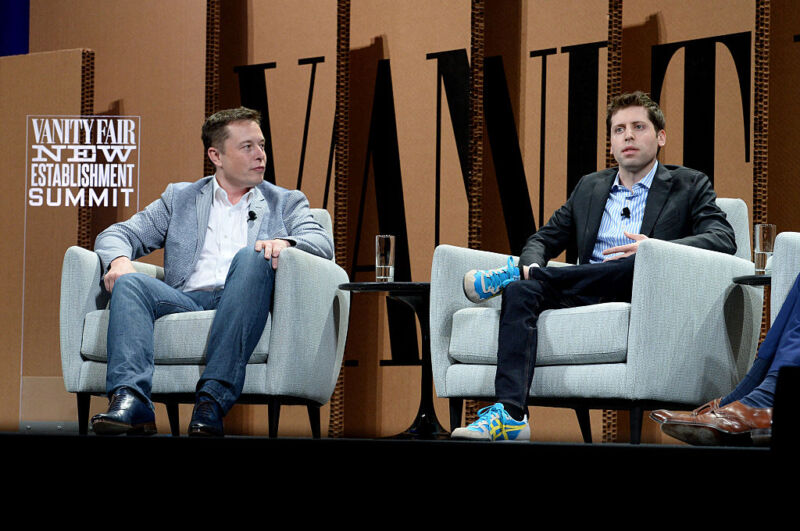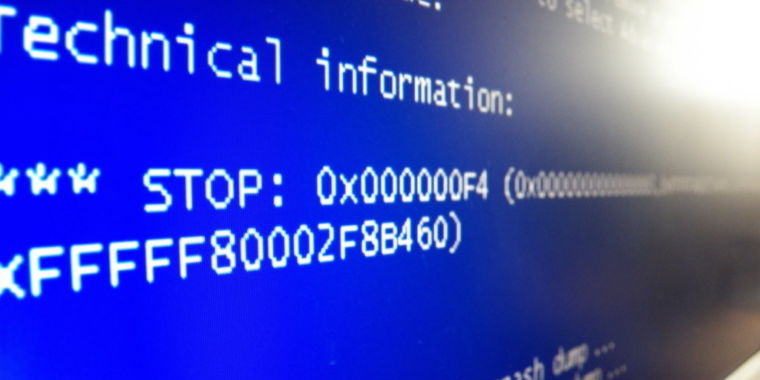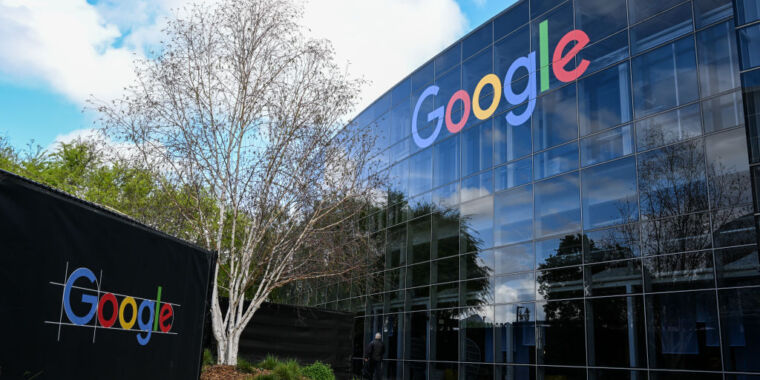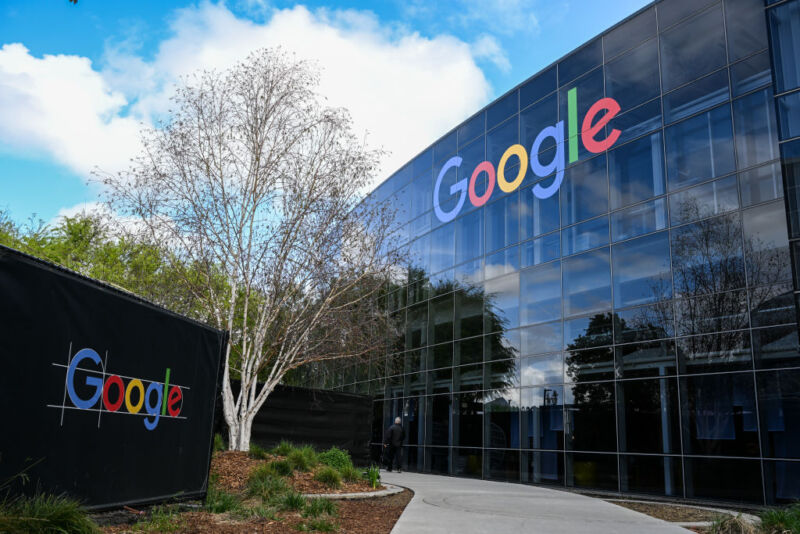Apple is reportedly trying to invest in OpenAI
Venture Capital —
OpenAI’s ChatGPT will be built into the iPhone operating system later this year.
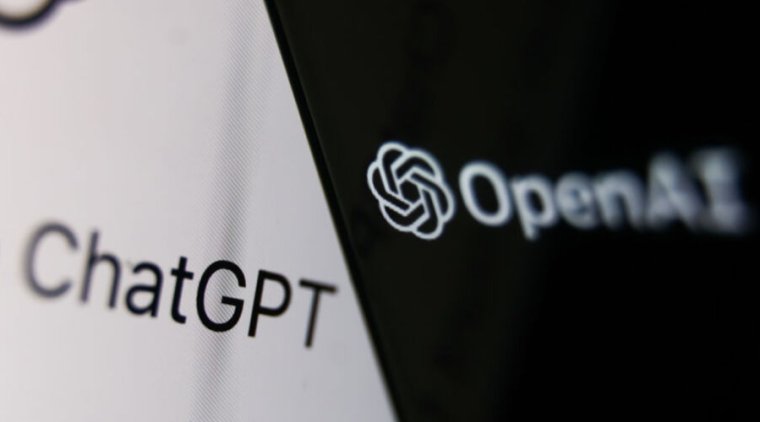
Enlarge / The OpenAI logo.
Getty Images
According to a report in The Wall Street Journal, Apple is in talks to invest in OpenAI, the generative AI company whose ChatGPT will feature in future versions of iOS.
If the talks are successful, Apple will join a multi-billion dollar funding round led by Thrive Capital that would value the startup at more than $100 billion.
The report doesn’t say exactly how much Apple would invest, but it does note that it would not be the only participant in this round of funding. For example, Microsoft is expected to invest further, and Bloomberg reports that Nvidia is also considering participating.
Microsoft has already invested $13 billion in OpenAI over the past five years, and it has put OpenAI’s GPT technology at the heart of most of its AI offerings in Windows, Office, Visual Studio, Bing, and other products.
Apple, too, has put OpenAI’s tech in its products—or at least, it will by the end of this year. At its 2024 developer conference earlier this summer, Apple announced a suite of AI features called Apple Intelligence that will only work on the iPhone 15 Pro and later. But there are guardrails and limitations for Apple Intelligence compared to OpenAI’s ChatGPT, so Apple signed a deal to refer user requests that fall outside the scope of Apple Intelligence to ChatGPT inside a future version of iOS 18—kind of like how Siri turns to Google to answer some user queries.
Apple says it plans to add support for other AI chatbots for this in the future, such as Google’s Gemini, but Apple software lead Craig Federighi said the company went with ChatGPT first because “we wanted to start with the best.”
It’s unclear precisely what Apple looks to get out of the investment in OpenAI, but looking at similar past investments by the company offers some clues. Apple typically invests either in suppliers or research teams that are producing technology it plans to include in future devices. For example, it has invested in supply chain partners to build up infrastructure to get iPhones manufactured more quickly and efficiently, and it invested $1 billion in the SoftBank Vision Fund to “speed the development of technologies which may be strategically important to Apple.”
ChatGPT integration is not expected to make it into the initial release of iOS 18 this September, but it will probably come in a smaller software update later in 2024.
Apple is reportedly trying to invest in OpenAI Read More »




